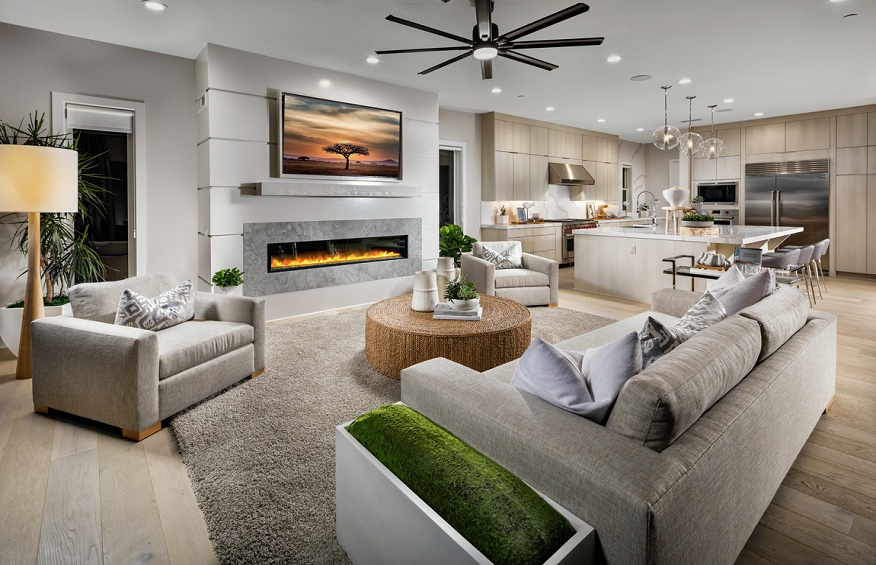Interior design may have changed over time to facilitate man’s need to conform harmoniously with technology. However, if you ask any interior designer what they find most alluring, they will say Victorian style.
Everyone desires the ideal combination of elegance and modernism incorporated into an enticing design style. The Victorian interior design combines antiques with a contemporary minimalist style and gothic artwork. It is where fantasy and sophistication collide, and a celebration is thrown to celebrate the industrial revolution.
A Victorian home doesn’t need to reflect the industrial revolution.
Instead, you can easily achieve a Victorian interior design in Singapore with these tips and tricks.
1. Select the colour scheme.
The colour palette is the first element of any interior design.
For Victorian design, wallpaper is the starting point. This period was characterised by everything from gothic damask to vibrant colours with golden undertones. However, you can choose the wall coverings that best complement your design.
For instance, using jewel tones for paint colours and wood for furniture styles can work marvels. Then, add some paintings and Victorian furnishings to unify the space.
Remember that Victorian residences are all about elegance, so balance vibrant colours and interior design. The outcome should appear sophisticated, so avoid overusing anything.
2. Infuse wood panelling and flooring.
Are you familiar with the Dado panelling method? Utilise it to add a Victorian element to your lovely residence.
Wainscoting is almost always used to introduce natural timber into Victorian dwellings. This feature adds the radiance of natural materials, symbolising the evolution of the human race to live in harmony and elegance.
Parquet flooring is another excellent option for using wood in the home. The flooring system is immaculate in appearance and exudes elegance.
3. The crown mouldings of the mid-century.
Crown mouldings and intricate wall and ceiling embellishments are common in Victorian architecture. You will not discover a Victorian residence that does not contain at least some decorative art.
These elements can be readily incorporated into a contemporary home, Asian interior design, or even a country residence. To uphold a higher standard for architecture and interiors, simply create intricate patterns along the rafters and walls. It’s all about the glitz that suggests discreet wealth and exquisite taste.
4. Keep in mind the crystal fixtures and glass surfaces.
The interior of a Victorian home is filled with mirrors, stained glass panels, and sophisticated fixtures.
These reflective surfaces are used to illuminate the home by refracting light from multiple sources. The chandeliers consist of numerous lamps suspended from intricate metal and glass structures. If you wish to integrate these illumination options into a middle-class home, you can always opt for LED chandeliers and affordable glasswork. They are inexpensive but lend a great deal of character to your Victorian residence.
You may place as many mirrors as you wish in the parlour, along the stairwell rails, the living room, the dining room, and even the bedroom. They need not be extremely enormous. Simply acquire some with a gorgeous frame and display them throughout the home.
5. Fabrics and window coverings.
The use of textiles is prominent in Victorian interior design. A home can be transformed from drab to opulent with a few inexpensive fabric accents.
Consider window coverings first. Long, dense, and in basic hues, window treatments are used in Victorian residences. One layer is gathered to the sides to allow light in, while a second layer, typically a velveteen upholstery in a vibrant hue, adds texture to the design scheme.
Regarding texture, consider the sofa and ottoman fabrics. In most Victorian residences, the colours of the walls and draperies coordinate to tie the room together. These textiles lend the finishing touch, whether in the living room, dining room, or bedroom.
Finally, there is the linen. Similarly, textiles serve an essential role in linen. Since Victorian residences are all about elegance and luxury, you cannot skimp in this area. It’s no longer just about appearances. Silks and fur contribute significantly to the space’s aesthetic appeal.

